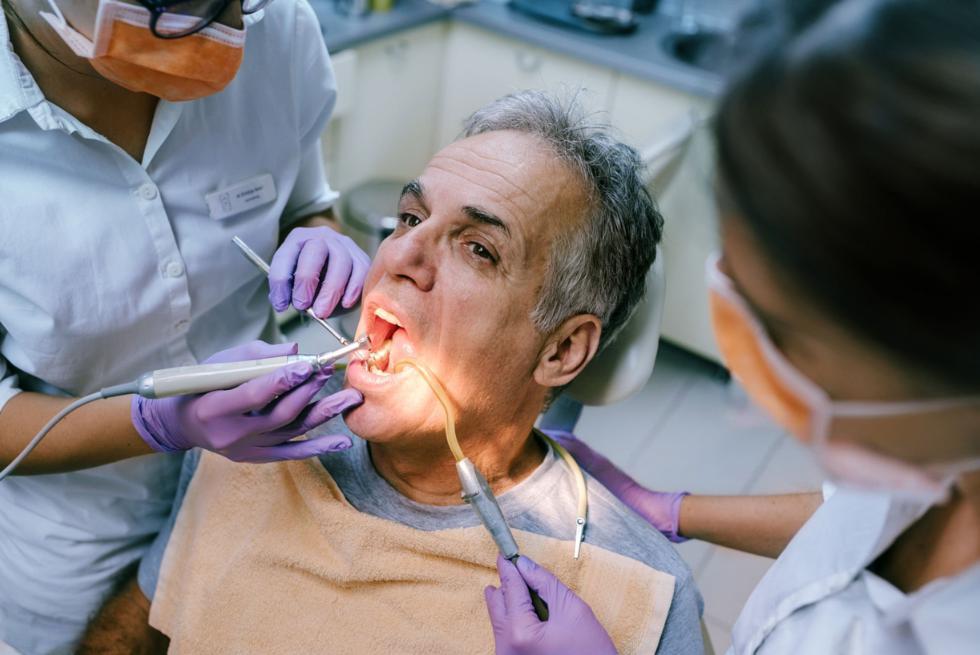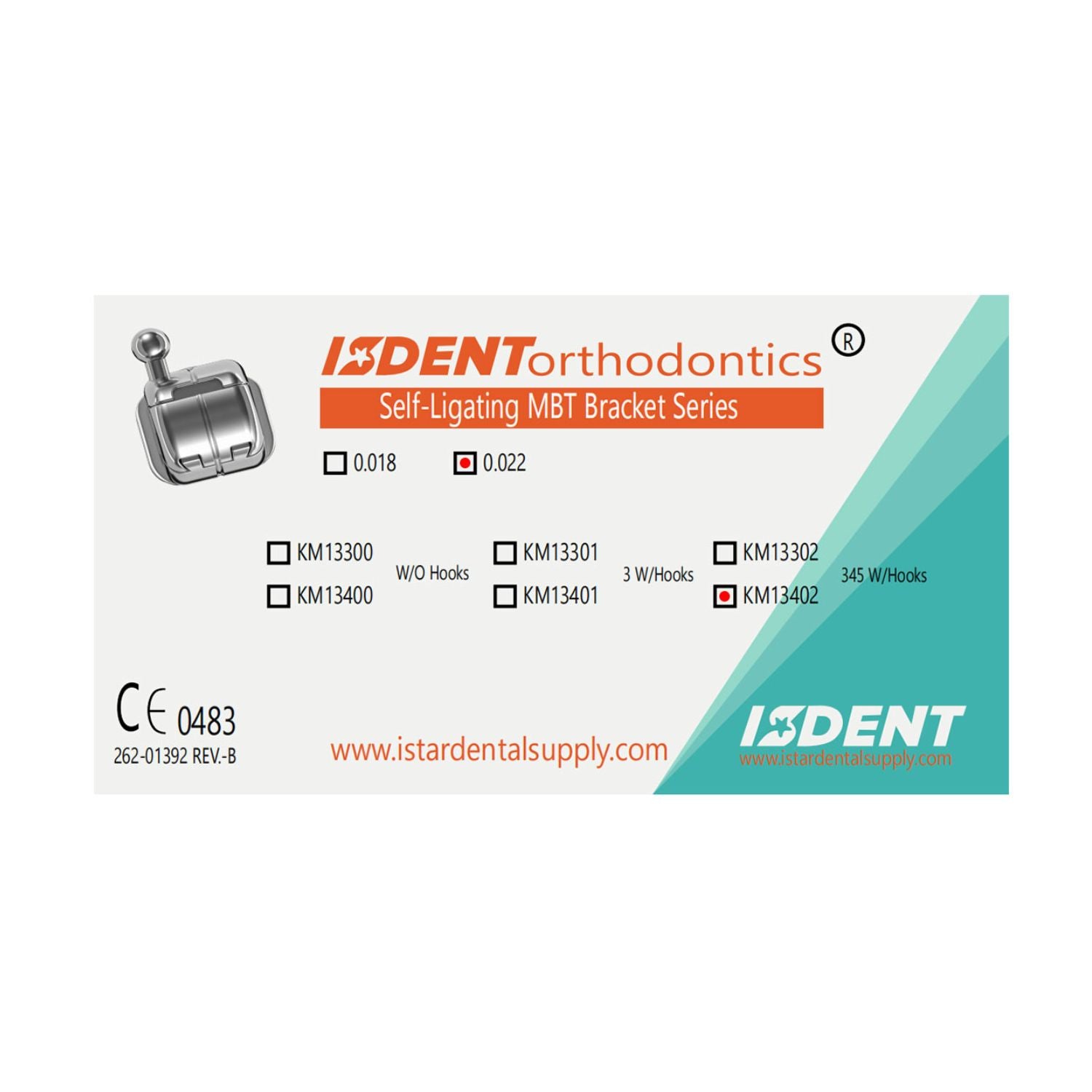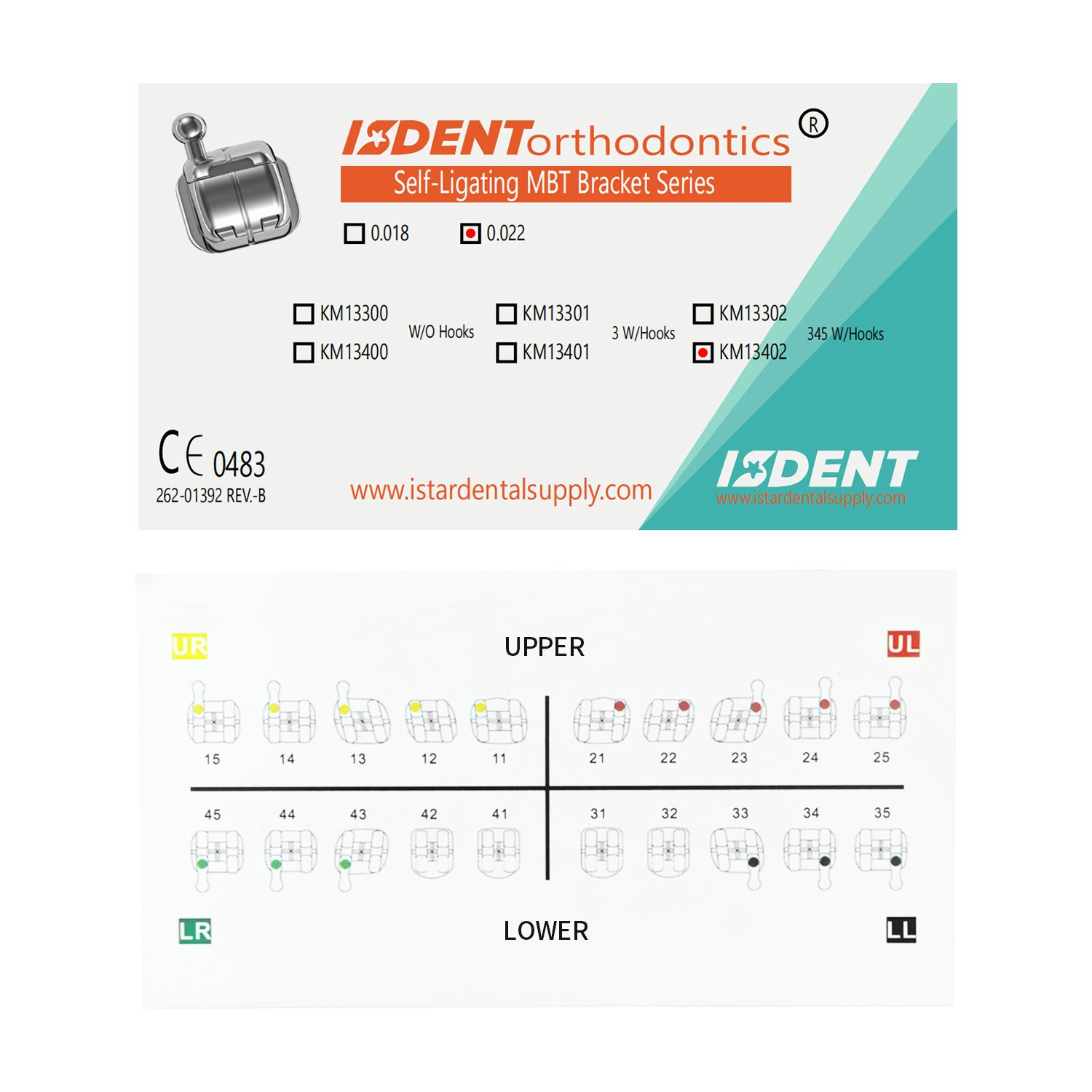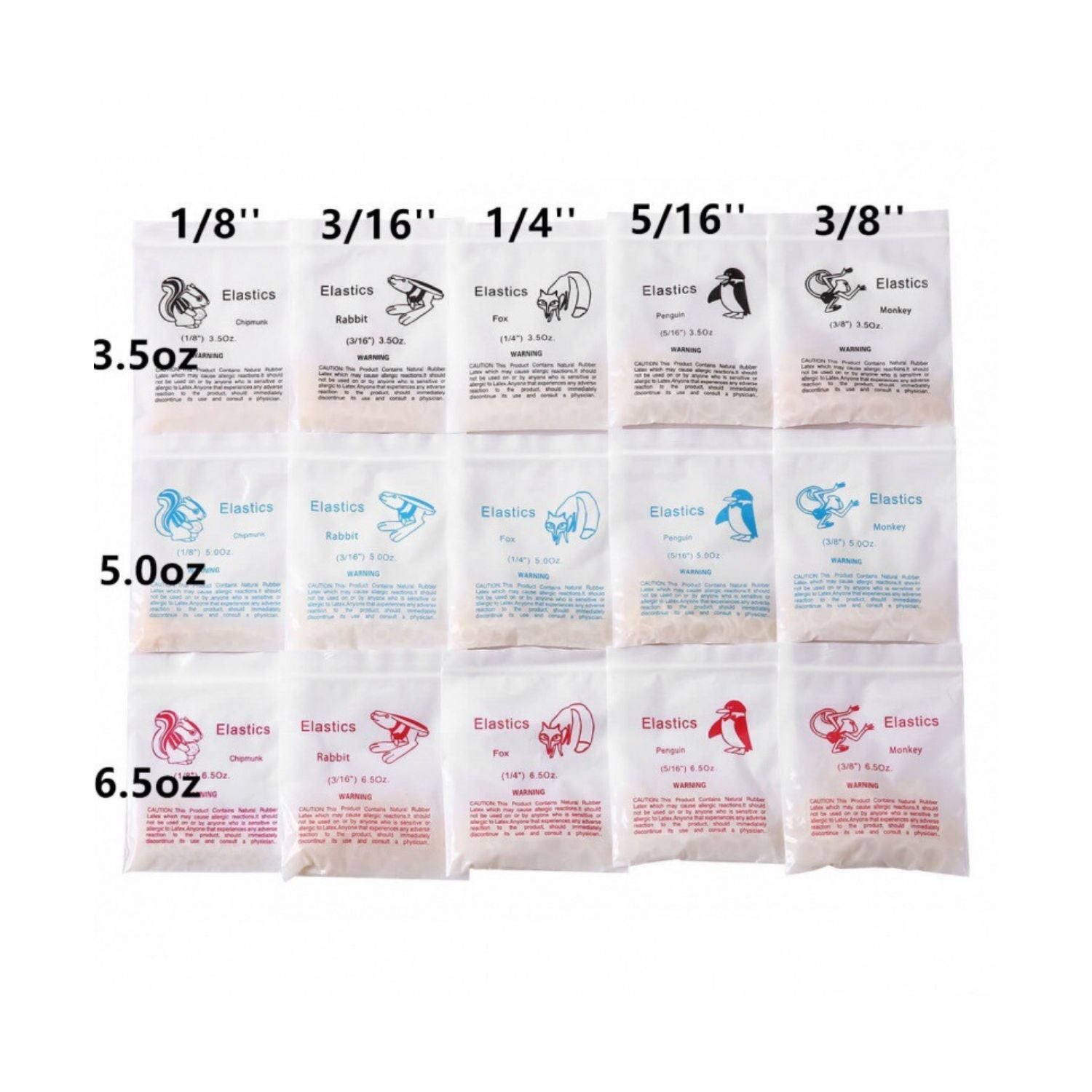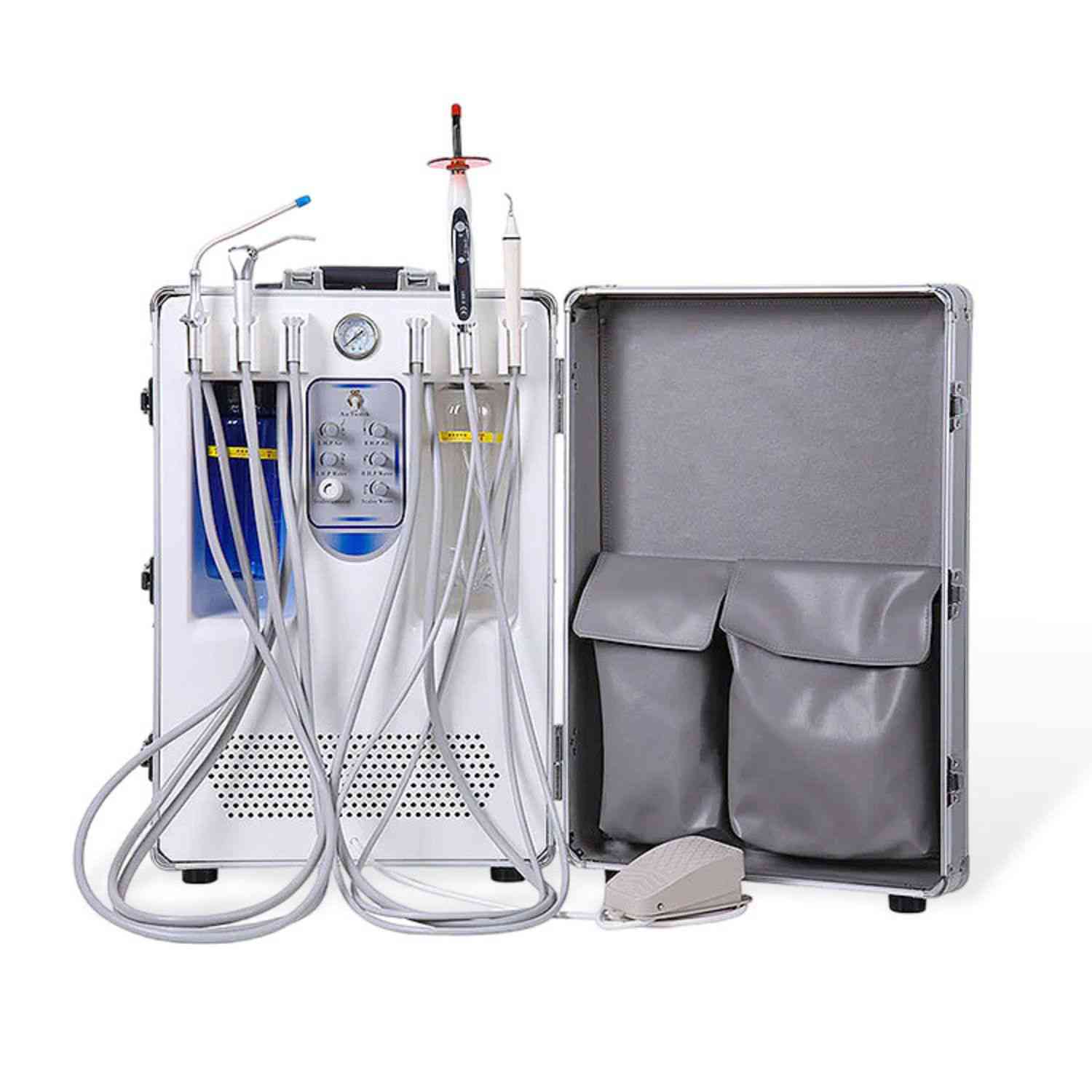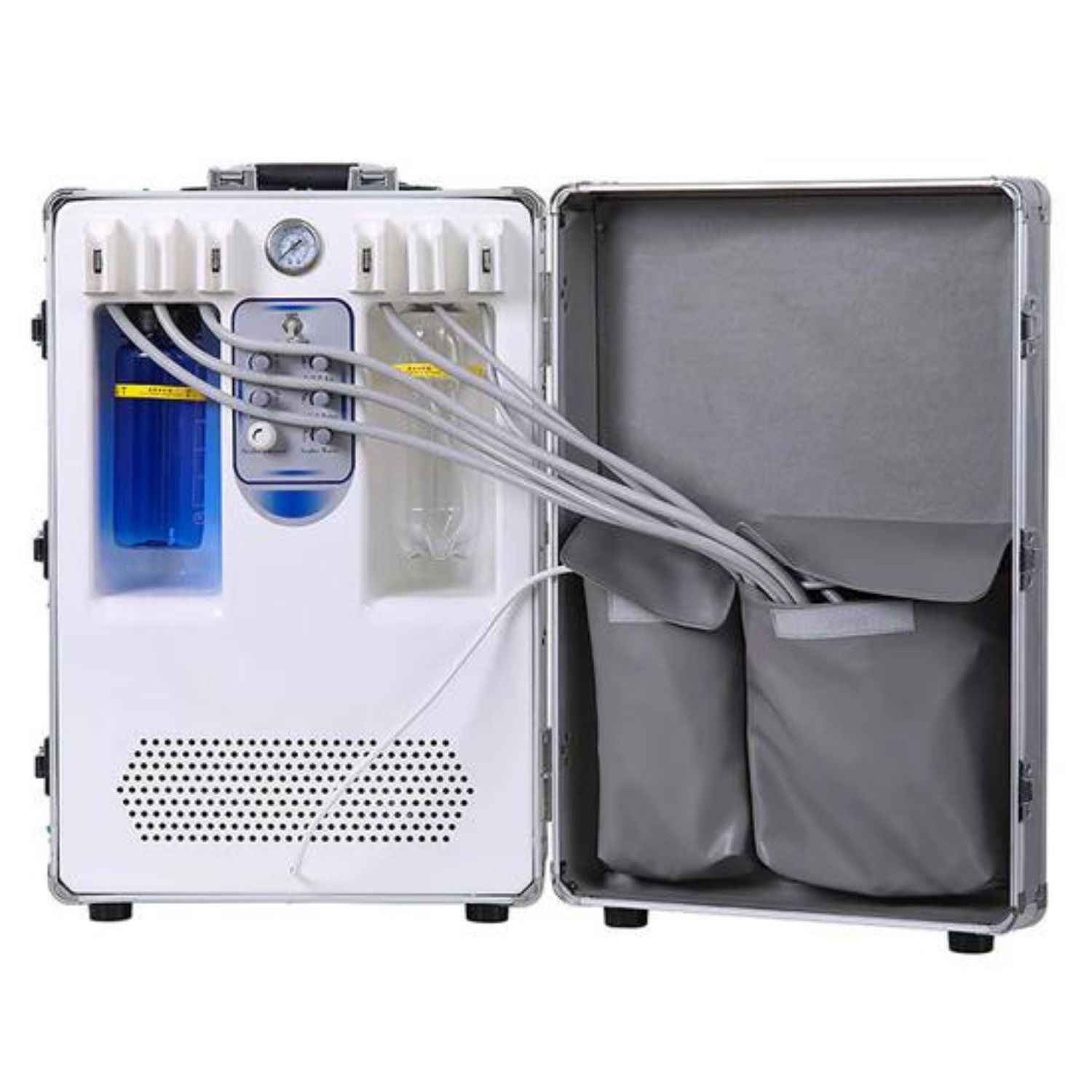Can They Put You to Sleep for a Dental Implant Procedure?
The idea of any dental implant surgery can be daunting. The good news is that modern dentistry has amazing ways to make you comfortable. This article will walk you through everything you need to know about sedation for a dental implant procedure. We will explore all the options, from staying awake but numb to being completely asleep. By the end, you'll understand what's possible and feel much more confident about getting your new smile.
What Exactly is Sedation in Dentistry?
Let me clear something up first. When people talk about "sleep dentistry," they often imagine being completely unconscious, just like in a hospital for major surgery. While that is one option, sedation in dentistry is a much broader term. It refers to using medication to help you relax during dental procedures. The goal of sedation is to manage pain and, just as importantly, to ease dental anxiety.
There are different levels of sedation. At the lightest level, you are awake and can respond to your dentist, but you feel very calm and relaxed. At the deepest level, you are completely unconscious. For most people getting a dental implant, we aim for a level of sedation that keeps them comfortable and worry-free. The specific type of sedation used depends on the complexity of your case, your anxiety level, and your overall health. Think of it as a dial we can turn up or down to find the perfect comfort level for your dental implant journey.
Do I Need Sedation for a Dental Implant?
This is a great question. The honest answer is: not always. Many people get a dental implant with just a local anesthetic. This is an injection that makes the area in your mouth completely numb. You won't feel any pain during the implant placement, but you will be awake and aware of what's happening. I’ve seen many patients get a single implant this way and do just fine.
However, there are very good reasons to choose sedation. If you have high dental anxiety, sedation can be a lifesaver. It can turn a scary experience into a calm one. It's also very helpful for long or complex procedures. If you need multiple implants, or if bone grafting is necessary to build up your jaw to support your implant, you might be in the chair for a while. Sedation for dental implants makes that time pass quickly and comfortably. In many cases, you'll have little to no memory of the procedure afterward.
What Are the Main Types of Anesthesia and Sedation Used?
When you’re considering dental implant surgery, your dentist will discuss your options for sedation. There are four main levels we use to make sure you are comfortable during the procedure. Understanding them will help you have a better conversation with your dentist or oral surgeon might have with you.
First is local anesthesia, the foundation of all pain-free dental work. Second is minimal sedation, often using nitrous oxide (laughing gas), where you are awake but relaxed. Third is moderate sedation, also called conscious sedation, where you are more groggy but can still respond. This can be done with a pill or through an IV. The fourth and final level is deep sedation or general anesthesia, where you are completely unconscious. Your choice will depend on the number of implants, the complexity, and your personal comfort needs.
Can a Local Anesthetic Alone Be Used for My Dental Implant?
Absolutely. In my experience, a simple dental implant procedure for a single implant is often done with only local anesthesia. A local anesthetic is an injection that completely numbs the specific area where the work is being done. The local anesthesia numbs the gums and bone, so you will not feel the procedure at all. You might feel a little pressure or vibration, but there should be no pain.
The great thing about using local anesthetic alone is that it's very safe and the recovery is simple. You can drive yourself home right after the procedure. This is a perfect choice for someone who doesn't have much dental anxiety and is only getting one or two implants. Your dentist will make sure the area is fully numb before they begin the dental implant placement.
What is Nitrous Oxide Sedation for Dental Implants?
You probably know nitrous oxide by its more common name: laughing gas. This is the lightest form of anesthesia or sedation. You breathe a mix of oxygen and nitrous oxide through a small mask that fits over your nose. Within minutes, you start to feel calm, relaxed, and maybe a little giddy. It's a great tool to help you relax.
One of the best things about nitrous oxide is that its effects wear off almost immediately after the mask is removed. This means you can safely drive yourself home. It is often used for single implant placements or for patients with mild anxiety. It is used along with a local anesthetic to numb the area, so you get the benefit of both relaxation and pain control. It helps keep you comfortable, but you will be fully aware of your surroundings throughout the procedure.
How Does Oral Conscious Sedation Work?
Oral conscious sedation is a step up from nitrous oxide. For this method, your dentist will prescribe a pill for you to take about an hour before your dental implant appointment. The medication is usually from a class of drugs that are very effective at reducing anxiety. By the time you get to the dental office and sit in the chair, you will feel very calm and drowsy.
With this type of sedation, you are still technically awake and can respond to your dentist's instructions, but you will be in a deep state of relaxation. Many patients who choose oral conscious sedation remember very little about their dental implant procedure afterward. Because the medication makes you groggy, you absolutely cannot drive. You will need a friend or family member to take you to and from your appointment to sleep safely at home. This is an excellent sedation option for people with moderate anxiety.
Is IV Sedation the Same as Being "Put to Sleep"?
This is where the term "sleep dentistry" can be a little confusing. IV sedation is a deeper form of conscious sedation. The sedative medication is delivered directly into your bloodstream through a small IV line in your arm. This allows the dentist or anesthetist to adjust your level of sedation very precisely throughout the procedure. You will be in a "twilight" state, on the edge of sleep. You can be easily woken up if needed but will feel no pain and have no anxiety.
Most people who have IV sedation have no memory of their dental implant surgery. While you aren't technically under general anesthesia, it feels very much like you were asleep for the entire procedure. That's why people often ask to be "put to sleep" when they really mean they want IV sedation. This is a fantastic option for patients with significant anxiety or those undergoing a more invasive procedure, like getting multiple implants or having a bone graft surgery. You will need a ride home after IV sedation.
When is General Anesthesia Used in Dental Implant Surgery?
General anesthesia is the only method that will truly put you to sleep. When you are under general anesthetic, you are completely unconscious and have no awareness of the surgical procedure. You cannot be woken up until the anesthetic is reversed. An anesthesiologist or a specially trained nurse anesthetist must be present to monitor your breathing, heart rate, and blood pressure the whole time.
In truth, general anesthesia is rarely needed for a routine dental implant procedure. It is typically reserved for the most complex cases. This might include patients who need extensive oral surgery, have certain medical conditions, or have an extreme phobia that cannot be managed with other sedation techniques. The decision to use a general anesthetic is made after a careful discussion between you, your dentist, and an anesthesia specialist. If you do have your surgery under general anesthesia, it will likely be performed in a hospital or a specialized surgical center.
How Do I Choose the Right Sedation Option for Me?
Choosing the right sedation for dental implants is a team decision between you and your dentist. Several factors will influence the best choice for your dental implant placement. You need to consider the complexity of the procedure, your personal anxiety level, your medical history, and your budget, as sedation adds to the cost.
I've put together a simple table to help you understand the options for sedation and anesthesia. Use this as a starting point for a conversation with your dental care provider when you're considering dental implant surgery.
|
Sedation Type |
How It's Given |
What You Feel |
Best For |
|
Local Anesthesia |
Injection in the gum |
Awake, alert, and numb |
Simple cases, a single implant, no anxiety. |
|
Nitrous Oxide |
Inhaled through a mask |
Awake but very relaxed |
Mild anxiety, short procedures. |
|
Oral Sedation |
A pill taken before |
Drowsy, relaxed, may doze off |
Moderate anxiety, longer procedures. |
|
IV Sedation |
Injected into a vein |
"Twilight sleep," no memory |
High anxiety, complex or long procedures. |
|
General Anesthesia |
Inhaled gas & IV |
Completely unconscious |
Extreme cases, major surgery, hospital setting. |
Remember to talk to your dentist openly about your fears and preferences. The goal is to make your implant treatment as smooth and comfortable as possible.
What Happens After a Sedated Dental Implant Procedure?
Your recovery will depend on the type of anesthesia you received. If you only had a local anesthetic and maybe some nitrous oxide, you will feel back to normal very quickly. You can go about your day, though you'll need to be careful eating until the numbness wears off. You can drive yourself home without any issues.
If you had oral sedation or IV sedation, you will feel groggy for several hours. It is critical that you have a responsible adult drive you home and stay with you for the rest of the day. You should plan to rest. Don't make any important decisions, operate machinery, or drink alcohol for at least 24 hours. Your dentist will give you specific instructions for managing any discomfort once the anesthetic wears off. Following these instructions will help ensure your new dental implant heals perfectly. The good news is that by the next day, most people feel much better.
Frequently Asked Questions (FAQ)
1. Is getting a dental implant painful? No. Regardless of what type of sedation or anesthetic you choose, the area will be completely numb. You should not feel pain during the procedure. You may have some soreness afterward, but this is usually managed easily with over-the-counter pain relievers.
2. How long does the sedation last? The effects of nitrous oxide wear off in minutes. Oral sedation can make you feel groggy for 4 to 6 hours. The effects of IV sedation can also linger for several hours. General anesthesia effects will be monitored and managed by a professional until you are safely awake.
3. Do I need someone to drive me home? Yes, absolutely, if you have any form of sedation other than nitrous oxide. For oral sedation, IV sedation, or general anesthesia, you are not legally allowed to drive and will need a designated driver.
4. Can I eat before being sedated for dental implants? Your dentist will give you specific instructions. For lighter sedation, you may be able to have a light meal. For IV sedation and general anesthesia, you will be told to not eat or drink anything for at least six to eight hours before your dental implant surgery.
Key Takeaways to Remember
Here are the most important things to remember about being sedated for dental implants:
-
Yes, you can be put to sleep, but most patients don't need to be. IV sedation can make you feel like you were asleep without the risks of general anesthesia.
-
A local anesthetic is always used to numb the area, so you will not feel pain during the dental implant placement itself.
-
Sedation is mainly used to manage dental anxiety and for comfort during long or complex procedures involving multiple implants.
-
There are several types of sedation used, from light (nitrous oxide) to deep (general anesthesia).
-
Always have an open and honest conversation with your dentist about your fears to choose the best sedation plan for your dental implant procedure.

